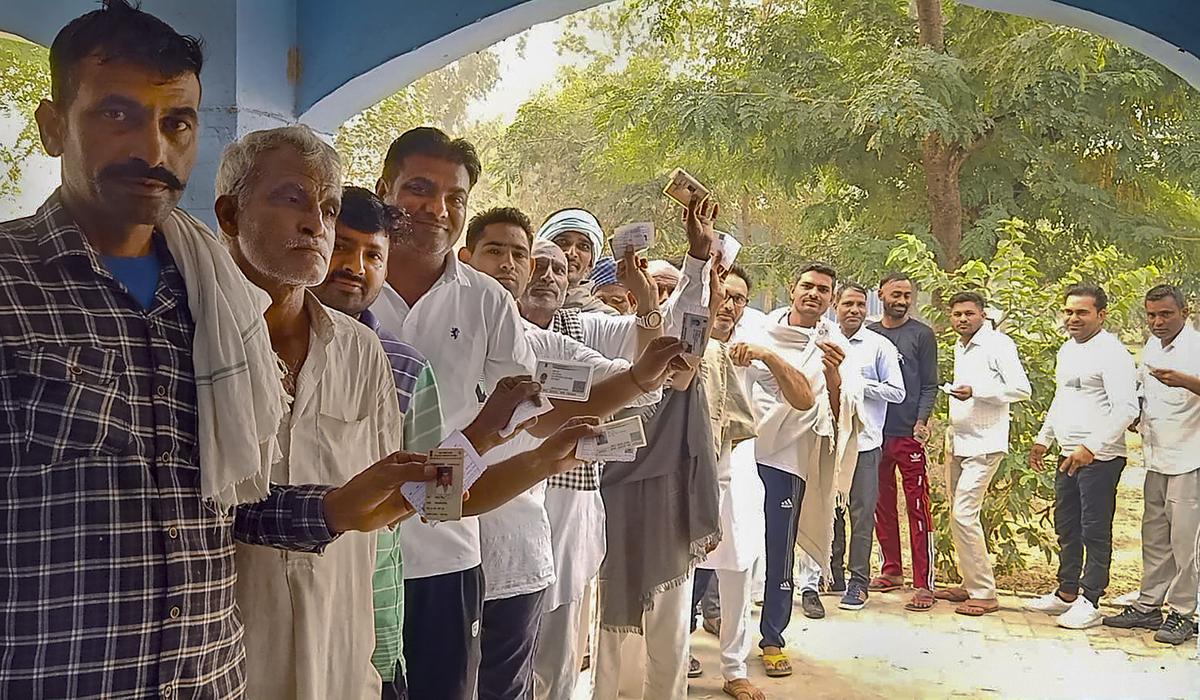Advised to increase resilience to extreme heat with uninterrupted electricity, drinking water supply, window shades and green roofs
Advised to increase resilience to extreme heat with uninterrupted electricity, drinking water supply, window shades and green roofs
Health facilities need to increase resilience to extreme heat by arranging uninterrupted electricity for constant functioning of cooling appliances, installation of solar panels (wherever feasible), measures to reduce indoor heat through cool/green roofs, window shades, shade outside, etc., said the Health Ministry on Sunday.
The Ministry has written to all stakeholders advising that health facilities’ preparedness must be reviewed for availability of adequate quantities of essential medicines, I.V. fluids, ice packs, ORS (oral rehydration solution), and all necessary equipment.
Availability of sufficient drinking water at all health facilities and continued functioning of cooling appliances in critical areas must be ensured, the Ministry said. It added that rainwater harvesting and recycling plants may also be explored for self-sufficiency in water.
The Ministry said that the seasonal and monthly outlook from the Indian Meteorological Department (IMD) for March-May 2022 predicts above normal maximum temperatures over many areas, and much higher temperatures in the central, western and northern parts of the country.
Temperatures have already touched 46 degree Celsius at some places, and deviation up to six degrees Celsius from expected normal temperatures has also been reported.
“States may also use Information, Education and Communication (IEC), as well as community-level awareness materials regarding the precautions to be taken by population to safeguard themselves against heat wave,” Health Secretary Rajesh Bhushan said in his letter.
The Health Ministry has also disseminated a standard template of Public Health Advisory incorporating dos and don’ts, prepared by the National Cooperative and Development Corporation (NCDC) with its communication. It added that this can be used as a template and customised to suit local needs as well as translated in local languages for wider dissemination.







